Are you tired of struggling with pole fishing line that's breaking, tangling, or simply not performing up to standard? Finding the best pole fishing line is crucial for maximising your catch rate and enjoying a more successful fishing experience.
The best pole fishing, or rig line as it is also known, is typically pre-stretched material made from either a nylon monofilament, a co-polymer or fluorocarbon. Expressed in breaking strain or diameter, it's usually thinner than standard reel lines, to help improve your presentation when using smaller floats.
Best pole fishing lines at a glance
Best Pole Fishing Line: Daiwa Tournament Rigline - View offer on Ebay
Best Monofilament Pole Fishing Line: Preston Reflo Powerline- View offer on Total Fishing Tackle
Best Fluorocarbon Pole Fishing Line: Drennan Acolyte Fluorocarbon- View offer on Total Fishing Tackle
Best Pole Fishing Hooklength Line: Preston Reflo Accupower- View offer on Fishing Tackle & Bait
In this comprehensive guide, we'll explore the key factors to consider when selecting the best pole fishing line. We'll delve into the advantages and disadvantages of different line types, discuss the importance of breaking strain and diameter, and highlight some of the top-rated pole fishing lines available.
Whether you're an experienced angler or just a beginner, this guide will equip you with the knowledge and confidence to choose the perfect line for your specific fishing style and conditions. So, let's dive in and discover the best pole fishing lines on the market...
Best monofilament pole fishing line
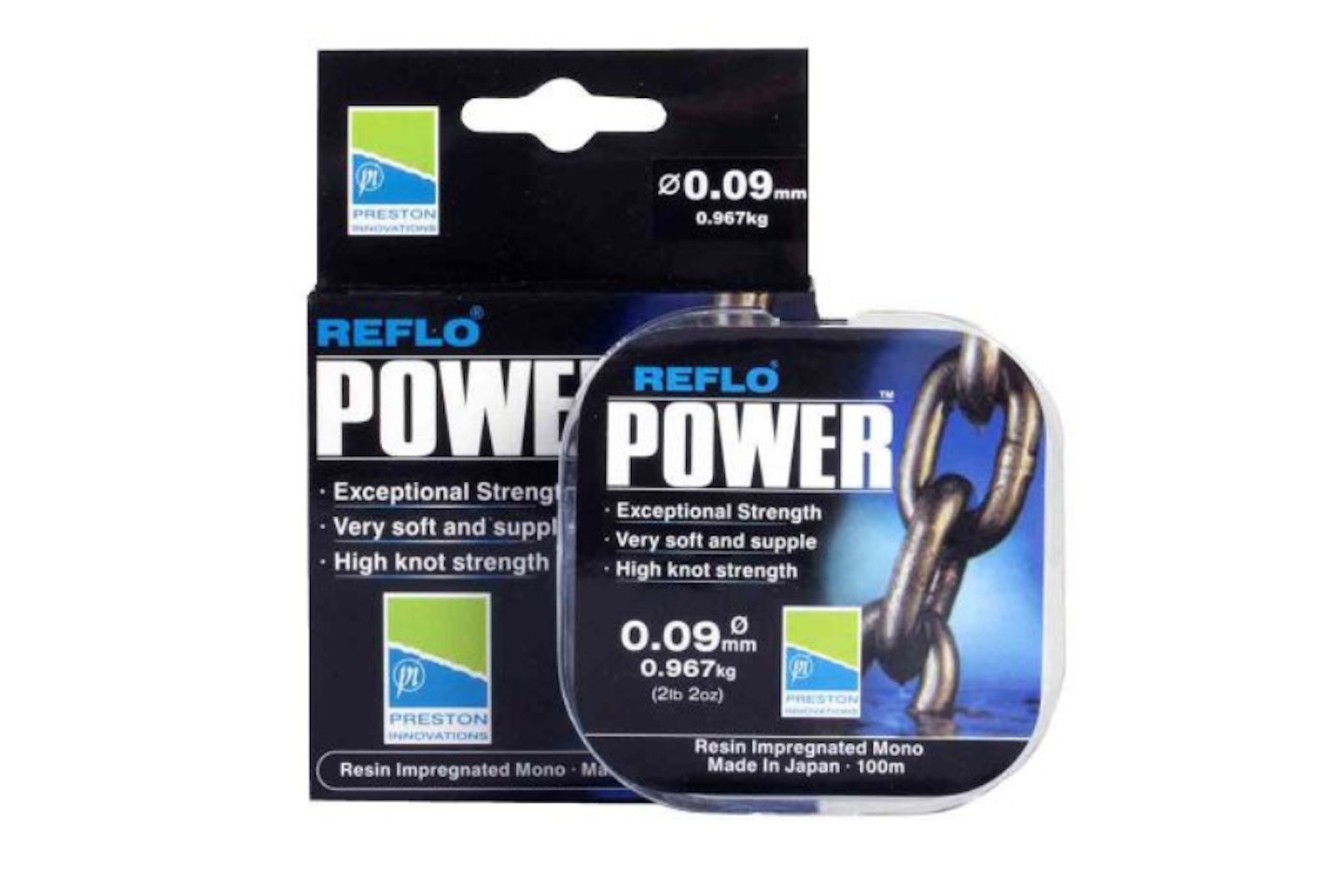
www.total-fishing-tackle.com
Preston Reflo Poweline is synonymous with performance and reliability. Designed specifically for UK and European angling conditions, this line has established itself as first choice for many of the top match anglers.
Its key features include, exceptional strength, supple and clear material, built-in stretch for shock absorption, versatility for both hooklengths and pole rigs, and a wide range of sizes to suit different fishing situations. Available in 0.08mm to 0.26mm diameters.
Pros
- Strong and durable
- Loses its suppleness in the larger diameters
Cons
- It’s slightly thicker than stated diameter
Best pole fishing hooklength line
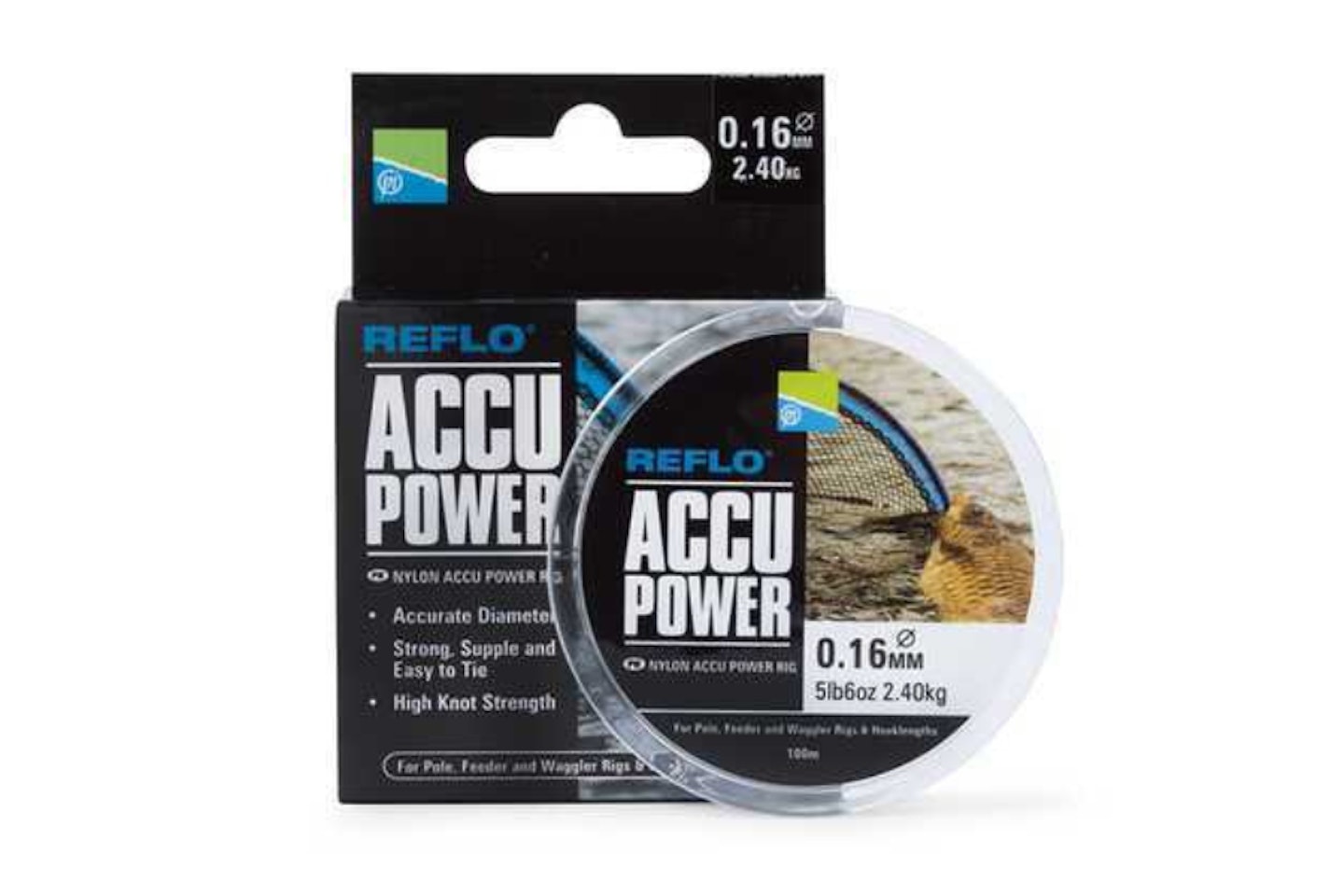
www.fishingtackleandbait.co.uk
Manufactured using cutting-edge technology, Preston Reflo Accupower line is true to its stated diameter, making it the ideal choice for pole rigs and hooklengths when presentation is paramount.
Accupower provides reliable performance and predictable results. With a wide range of sizes available, from 0.07mm to 0.22mm, this monofilament line caters to various fishing disciplines, making it a great choice for anglers who fish for a range of species on different venues.
Pros
- Accurate diameters
- Supple material, suited to hooklengths to provide optimal presentation
Cons
- Is prone to damage if not lubricated sufficiently when tying knots
Best supple pole fishing line
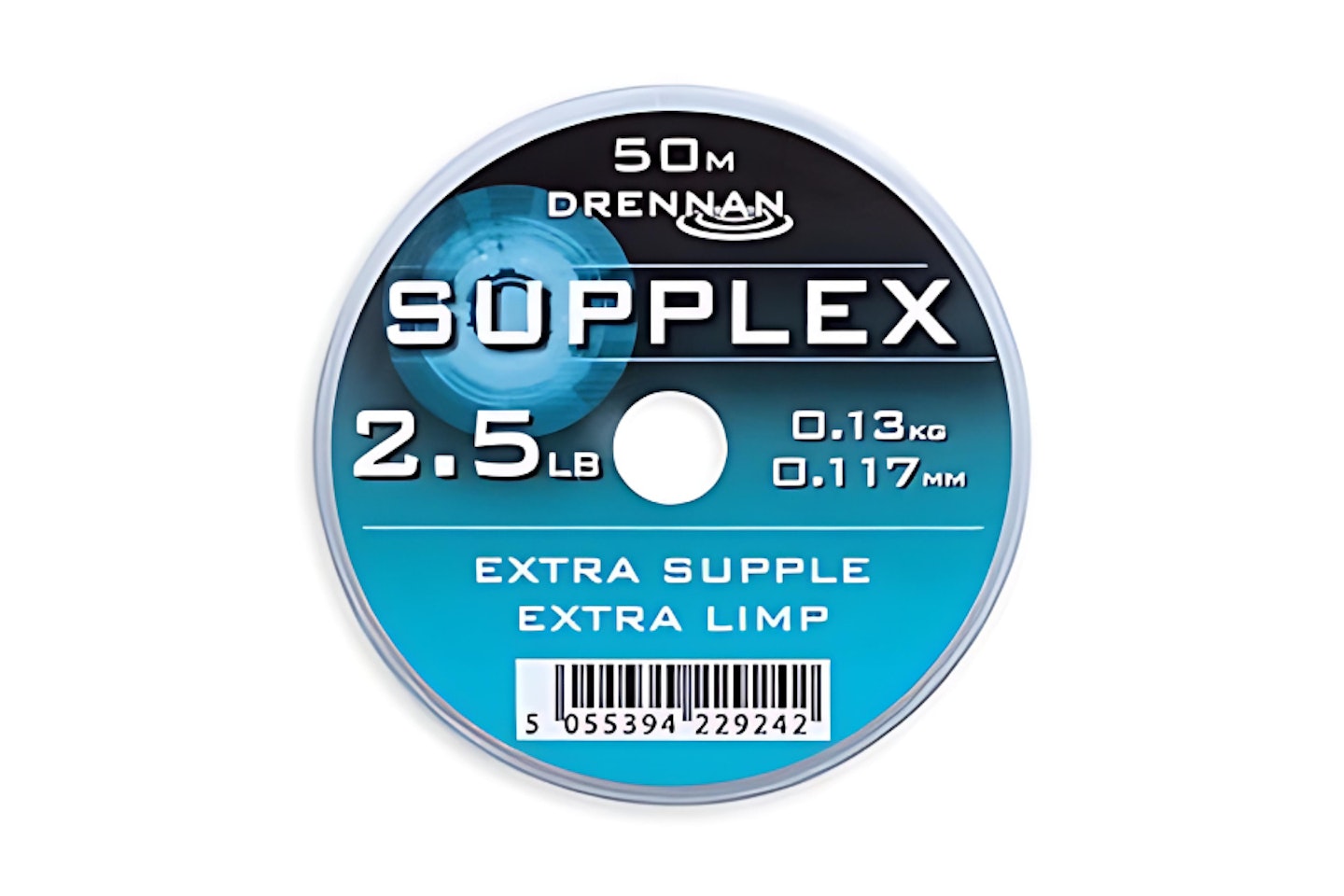
www.fishingtackleandbait.co.uk
Drennan Supplex is a monofilament material that offers the best of both worlds: Suppleness and durability. Unlike traditional monofilament lines, which often compromise on either softness or strength, Supplex combines these qualities to give you superb presentation, ideal if the fishing conditions are tricky.
Its suppleness makes it easy to handle, manipulate and helps massively when it comes to reducing tangles. Despite its softness, Supplex is incredibly tough and resistant to damage, including shot damage and great when snags are present. This line is designed to last, providing anglers with reliable performance over extended periods.
Pros
- Very supple compared to other pole lines available
- Damage resistant, shots can be repositioned easily without fear of damage
Cons
- Supplied in 50m spool
Best durable pole fishing line
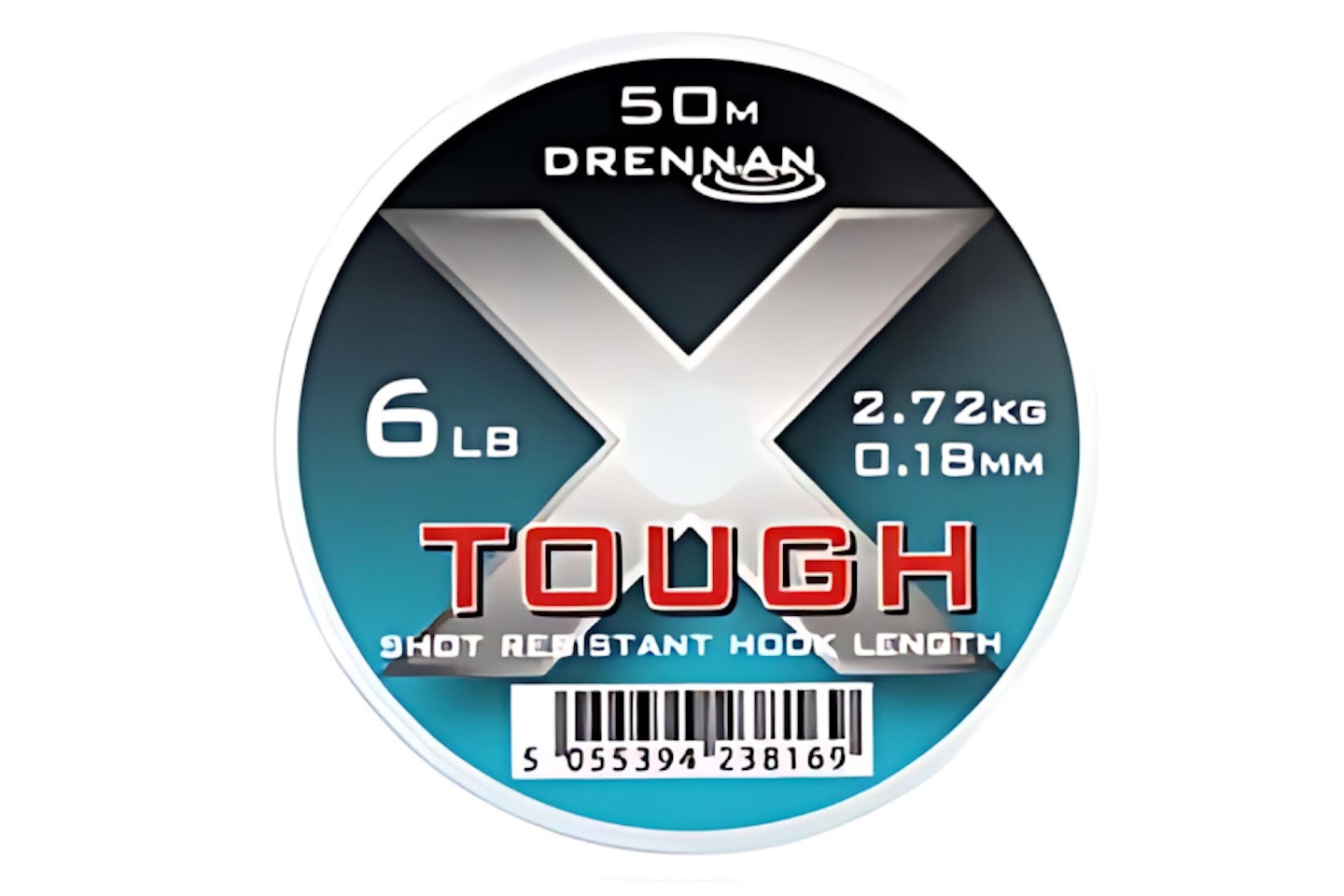
www.fishingtackleandbait.co.uk
If you're looking for a high-performance monofilament line with extra durability, Drennan X Tough Mono is an excellent choice. This incredibly strong line is ideal for various fishing techniques, including pole fishing rigs and hooklengths, whether you're targeting carp on commercials or large fish like chub and bream on rivers.
Available in 12 different diameters ranging from 0.08mm to 0.24mm, this material offers great flexibility when assembling your preferred fishing rig to suit your specific needs.
Pros
- Very durable and damage resistant
- Wide range of diameters available
Cons
- Only supplied in 50m spool
5.
Guru N-Gauge
Best allround pole fishing line
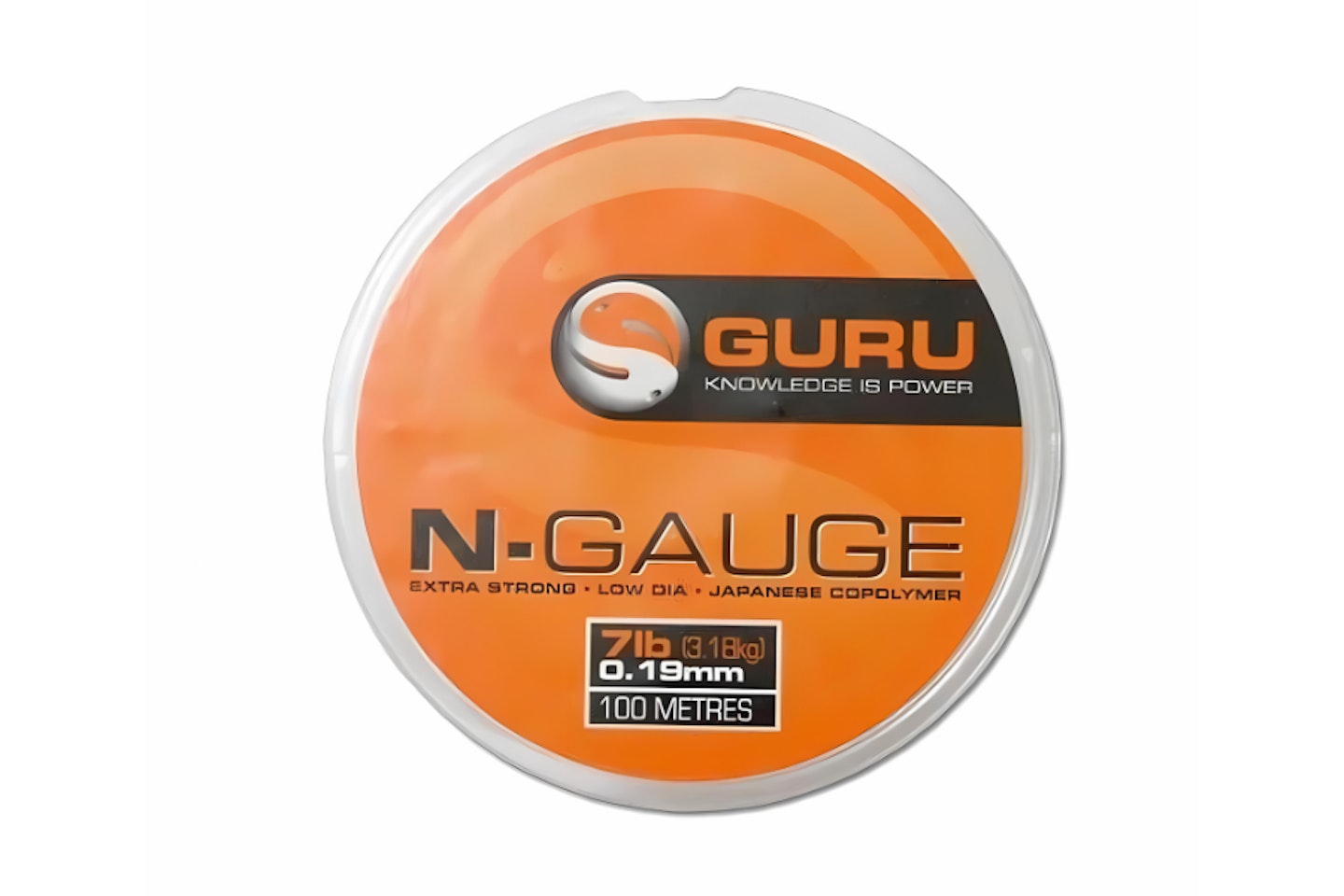
www.total-fishing-tackle.com
Developed with meticulous attention to detail, Guru N-Gauge is a premium Japanese monofilament line that exudes performance and reliability, making it the top choice for a lot of high profile anglers.
The line has consistent diameters for accurate line selection, with breaking strains suited for a wide range of fishing applications, and super clear visibility for fishing in clear water. Offered in 0.08mm, 0.09mm & 0.10mm as N-Gauge Pro, and from 0.11mm – 0.21mm as N-Gauge. There is a diameter to suit all pole fishing situations.
Pros
- Excellent for hooklengths
- Hard wearing and low stretch
Cons
- Can have memory so when stored on rig winders making it prone to kinking
Best co-polymer pole fishing line

www.total-fishing-tackle.com
The high-tec co polymer, N-Gauge Supernatural line has been designed specifically for pole rigs and hooklengths. Supernatural boasts an excellent diameter-to-breaking-strain ratio, offering incredible strength while maintaining a thin profile, a crucial attribute for modern-day fishing.
The standout feature of Supernatural is its "gripping" and "non-slip" nature. This characteristic makes it particularly well-suited for knot tying and spade-end hooks, setting it apart from the original N-Gauge, which has slightly different characteristics.
Guru N Gauge Supernatural also offers minimal stretch and exceptional abrasion resistance, making it ideal for catching large numbers of fish in demanding conditions. Supplied in 150m spools.
Pros
- Knots tie well with very little slippage
- Breaking strain and diameters are consistent
Cons
- Not quite as strong as the original N-Gauge
Best pole fishing line

www.ebay.co.uk
The Daiwa Tournament Rigline is engineered to deliver exceptional performance and reliability. With advanced low water absorption technology, this line offers outstanding knot strength and abrasion resistance, making it a top choice for anglers seeking optimal results.
The Tournament Rigline's clear color and precise diameter make it easy to adjust shot placement and assess your rig's presentation. Whether you're fishing in open water or along the margins, this versatile line is also ideal for method feeder hooklengths. It comes in 150m spools.
Pros
- Limp with low memory, not prone to kinks and curls
- Low absorption technology prevents waterlogging which can weaken line
Cons
- The limp nature can make it slightly more prone to tangling
Best budget fluorocarbon pole fishing line

www.total-fishing-tackle.com
Designed for anglers targeting fish in clear water conditions, Preston Reflo Fluorocarbon is virtually invisible when submerged in water, making it an ideal choice for anglers who want to minimise their line's visibility to wary fish.
One of the standout features of Reflo Fluorocarbon is its improved stiffness compared to traditional monofilament lines. This increased stiffness makes it particularly suitable for pole hooklengths, especially in fine diameters that are often prone to tangling. The line's heavy fluorocarbon core provides exceptional strength and durability.
Available in a wide range of diameters, from 0.08mm to 0.22mm, Reflo Fluorocarbon covers a variety of fishing applications, from roach fishing on canals to edge fishing for large carp on commercial waters. Supplied on 50m spools.
Pros
- Stiff material compared to monofilament lines
- Virtually invisible
Cons
- Can bobble when tightening down to knots, weakening the line
Best fluorocarbon canal pole fishing line

www.fishingtackleandbait.co.uk
Crafted from 100% fluorocarbon, Drennan Supplex Fluorocarbon line offers unrivalled abrasion resistance, ensuring it can withstand the rigours of demanding fishing conditions.
Unlike standard monofilament, Supplex does not degrade in sunlight, maintaining its strength and performance over time. Available in a wide range of 12 accurate diameters and breaking strains, from 0.075mm (0.9lb) to 0.30mm (10lb).
Another key advantage of Supplex Fluorocarbon is its near invisibility in water. Its refractive index closely matches that of water, making it virtually undetectable to wary fish. Additionally, Supplex is less prone to spinning up during the retrieve than standard monofilament.
Pros
- The stiffness surpresses spin ups
- Won't degrade easily in sunlight
Cons
- Is prone to 'burning' when tying a knot, so make sure it is well lubricated
Best fluorocarbon pole fishing line

www.total-fishing-tackle.com
Drennan Acolyte Fluorocarbon is a cutting-edge fishing line designed to deliver exceptional performance and stealth. Crafted from a new, high-tech material, this fluorocarbon is thinner, softer, and stronger than traditional options, making it the ideal choice for hooklengths.
With its exceptional properties, Acolyte Fluorocarbon is suited to creating undetectable hooklengths. Its thin diameter, softness make it a superb choice for anglers who are particular about having the best presentations possible in their pole rigs.
Pros
- Thinner than equivalent fluorocarbons at the same breaking strain
- 100% fluorocarbon
Cons
- Heavy material, will need to be taken into account when shotting rigs
Best allround fluorocarbon pole fishing line

www.fishingtackleandbait.co.uk
Guru Pure Fluorocarbon is a premium fishing line designed to provide anglers with improved presentation, particularly those who fish natural venues. Its virtually invisible nature in water makes it an ideal choice for targeting wary fish that can be easily spooked by visible lines.
In addition to its invisibility, Guru Pure Fluorocarbon boasts excellent knot strength, ensuring your rigs remain secure even under heavy pressure. The line's extremely low diameter allows for delicate presentations, making it perfect for situations where subtlety and finesse are essential.
Available in 0.08mm to 0.30mm diameters supplied on 50m spools.
Pros
- Reliable knot strength
- Good range of diameters available
Cons
- It's stiff properties may not suit some presentations
Best hooklength fluorocarbon pole fishing line

www.fishingtackleandbait.co.uk
The Daiwa Tournament Fluorocarbon Hookline is manufactured from 100% Japanese fluorocarbon, boasts superior knot strength and abrasion resistance make it a reliable choice.
The Tournament Fluorocarbon Hookline's soft and supple nature make it easy to handle and tie knots. Its virtually invisible appearance in water minimises the risk of spooking wary fish, ensuring increased catch rates. Available in 0.09mm to 0.205mm diameters.
Pros
- 100% Fluorocarbon
- Enhances presentation
Cons
- Limited to 7.56lb (0.205mm) breaking strain
What to look for in a pole fishing line
Selecting the optimal pole fishing line is crucial for angling success.
Understanding the differences between standard monofilament, copolymer, and fluorocarbon lines is essential, as each offers unique properties. Monofilament lines are known for their affordability and versatility, copolymer lines provide enhanced durability and sensitivity, whereas fluorocarbon lines excel in invisibility and abrasion resistance. When choosing a pole fishing line, it's important to consider factors like line type, diameter, breaking strain, and fishing conditions.
When selecting the best line for pole fishing, understanding breaking strain and diameter is crucial. Breaking strain refers to the maximum pressure a line can withstand before breaking, which is key for landing larger fish. However, thicker lines can be less sensitive and stiffer, potentially spooking wary fish.
Diameter, or the line’s thickness, affects its suppleness and resistance to abrasion. Thinner lines are more supple but may be more fragile. The ideal combination of breaking strain and diameter depends on factors like target species and fishing conditions. By carefully considering these elements, you can choose a line that optimises your pole fishing, by reducing tangles, breakages and lost fish.
Glossary
Pole Fishing: A method of fishing using a long, flexible rod that is supported by a rest or stand.
Hooklength: The short length of line attached to the hook, typically made from a different and lighter material than the main line.
Rig: The complete assembly of line, hook, and other components used to catch fish.
Monofilament: A single-strand fishing line, typically made from nylon or other synthetic materials.
Fluorocarbon: A specialised type of fishing line made from a synthetic material that closely resembles the refractive index of water.
Copolymer: A blend of nylon and other materials, offering enhanced properties over traditional monofilament lines.
Breaking Strain: The maximum amount of straight line pressure a line can withstand before breaking.
Diameter: The thickness of a fishing line.
Abrasion Resistance: The ability of a line to resist wear and tear from contact with rough surfaces, knots and movement of floats and shot.
Sensitivity: The ability of a line to detect subtle bites and changes in the bottom.
Stealth: The ability of a line to remain undetected by fish, often achieved through invisibility or low visibility.
Rigging: The process of assembling a fishing rig, including attaching the line, hook, and shot.
Presentation: The way a bait is presented to the fish, including factors such as depth, shot pattern, and movement.
Catch Rate: The number of fish caught per unit of time.
<strong>Frequently asked questions</strong>
How do I choose the right line diameter for pole fishing?
Consider the type of fish you're targeting, the size of the hook, and the conditions of the water. Generally bigger fish require stronger line. If you are targeting carp between 4-8lb, then a line with a diameter of 0.14-0.18 is a great place to start.
What are the main types of pole fishing lines?
Monofilament, Copolymer, & Fluorocarbon.
What is breaking strain, and how does it affect line selection?
Breaking strain is the maximum weight a line can withstand before breaking. Choose a line with a breaking strain that is appropriate for the size of fish you expect to catch.
When should I use fluorocarbon instead of monofilament or copolymer?
Fluorocarbon is ideal for targeting wary fish in clear water conditions, as it is virtually invisible. It's also highly abrasion-resistant and offers superior knot strength.
How often should I replace my pole fishing line?
The frequency of line replacement depends on factors such as fishing conditions, line quality, and the amount of use. As a rule, inspect your line regularly for signs of wear and tear, and tie a new rig when necessary. It always proves prudent to tie many rigs up in advance.
Author Jonathan Longden, is an experienced angler. With over 20 years experience in the tackle trade specialising in match and coarse fishing he has an extensive practical knowledge of the latest equipment and the specific needs of anglers. He currently occupies the role of digital content writer at Angling Times.
